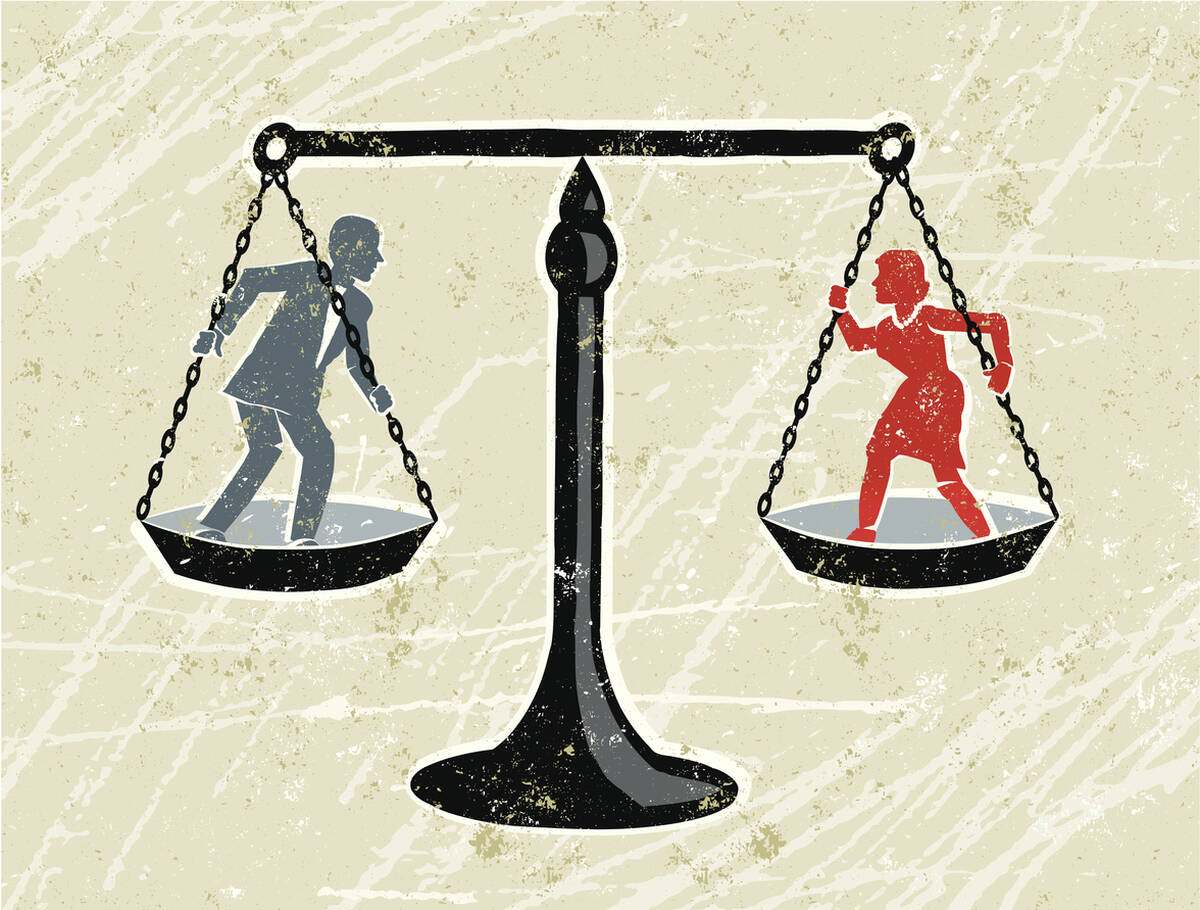Featured Faculty
Previously a member of the Department of Management & Organizations faculty (courtesy)

MHJ via iStock
When Alice Eagly started her doctorate in the early 1960s, gender equality was only beginning to be debated in the mainstream.
At that time, it was not commonplace for women to have full-time jobs outside of the home, and women had particular difficulty breaking into academia. But that did not stop Eagly. After earning her doctorate in social psychology at the University of Michigan, where she investigated the psychology of attitudes and attitude change, she quickly added gender studies as another focus. It would be a decision that would help define her career.
Eagly is widely recognized as a luminary in the field of social psychology. She has published peer-reviewed papers on topics as diverse as gender, leadership, self-evaluation, memory, even Watergate. Eagly has also contributed chapters to many books, and published a few herself. The fact that she rose to prominence in a time when academia was decidedly patriarchal should attest to the strength of her work. Her research helped social psychologists better understand the differences and similarities between genders at a time when such issues were coming to the fore.
We sat down with Eagly to ask her about the state of gender research and equality today, what current research excites her, and what advice she has for managers looking to promote equality at their company.
Kellogg Insight: Gender studies seems to be a burgeoning field these days. What accounts for the interest from researchers outside of psychology, which has been its traditional home?
Alice Eagly: It is certainly true that psychologists were early contributors to gender research. Although sociologists, political scientists, and anthropologists are also traditional contributors, the participation of economists has increased quite a lot in recent years. This change may reflect a certain broadening of the focus of economics away from mathematical model-building toward applied problems where gender is important, such as labor economics and development economics. The change probably also reflects the increasing number of women in economics, given that currently more than one-third of new PhDs in economics are female. Although both men and women do gender research, women are often especially interested in addressing these issues.
KI: Do gender researchers consider race and ethnicity along with gender? If so, does this broadening of focus change our understanding of gender issues?
Eagly: There is increasing attention to the intersections of gender with race, ethnicity, and social class. Some gender phenomena differ between racial and cultural groups, so research that addresses gender along with other demographic categories is more nuanced than research concerned solely with gender. For example, Robert Livingston and his colleagues have shown that the intersection of race and gender is important to understanding reactions to leadership. His research has suggested that white women and black men experience more backlash against their displays of dominant behavior than do white men and black women.
“Greater understanding of implicit biases can help organizations to design personnel procedures that circumvent them.” — Alice Eagly
KI: What can women and non-whites do to achieve parity with their white male counterparts?
Eagly: Individuals can of course strive for excellence, but this approach is not sufficient. Often those who are nontraditional candidates have to meet a higher standard to prove their competence and thus face greater challenges in rising in organizations. Changes in attitudes and organizational practices are needed for strong qualifications to be recognized in women and minorities so that their careers can flourish within organizations.
KI: What can companies and managers do to promote equality?
Eagly: Companies and managers can ensure that their candidate pools include women and minorities who are qualified for desirable positions. Then they should choose the best person from their candidate pools based on objective qualifications—that is, ignoring factors such as sex, race, sexual orientation, and parenthood status. A worthy add-on to this policy is to favor members of underrepresented groups when choosing among candidates who are equally qualified. Subjective evaluations often discriminate against women, especially if they are mothers, and against minorities as well. Much of this discrimination passes under the radar, so to speak, in the sense that people are not aware that they are making discriminatory judgments. Therefore, greater understanding of implicit biases can help organizations to design personnel procedures that circumvent them.
KI: What can organizations do to capitalize on differences between men’s and women’s leadership styles?
Eagly: Sex differences in leadership style exist as small average trends. Therefore, organizations cannot rely on a particular woman to be relational and participative or on a particular man to be more assertive and dominating. Instead, organizations should appreciate managers as individuals, without regard to their sex, and attempt to give them responsibilities that play to their strengths. To the extent that women and men do have different styles on the average, research findings suggest that the more transformational and rewarding styles that are somewhat more common in women are particularly effective. Therefore, including more women among an organization’s managers likely will have positive effects.
KI: Is complete gender equality a quixotic goal?
Eagly: If complete gender equality means equality in power and access to resources, gender equality is not a quixotic goal. However, reaching this goal would require reorganization, not just of workplace arrangements, but of family life, with men and women taking equal responsibility in the home. Although Americans and people in other industrialized countries are moving in this direction, there is quite a ways to go. One of the factors that is speeding social change is the increasingly greater education of women than men, which positions women for higher-wage employment.